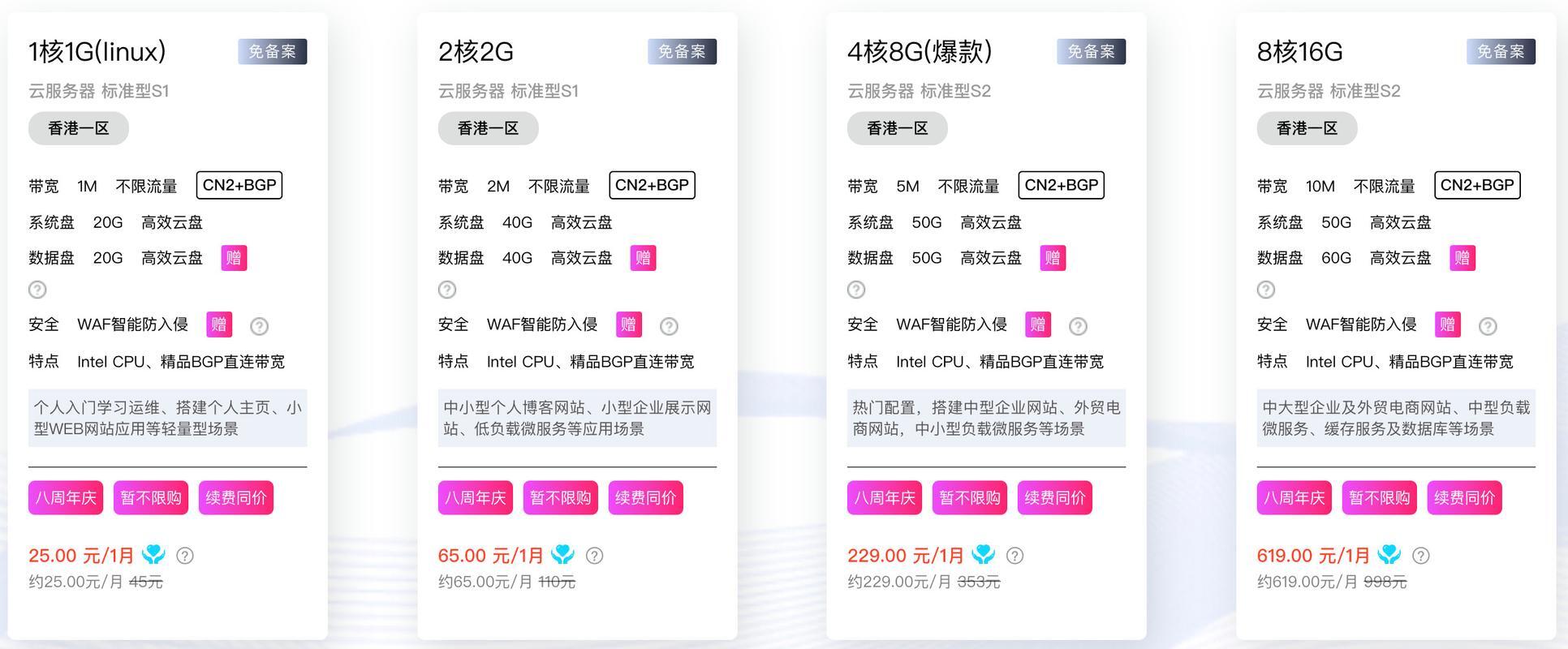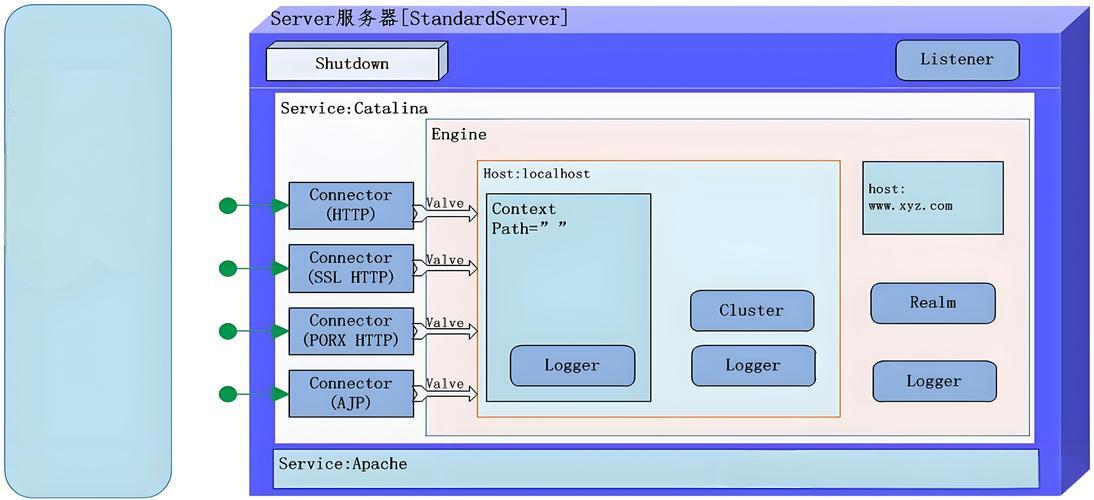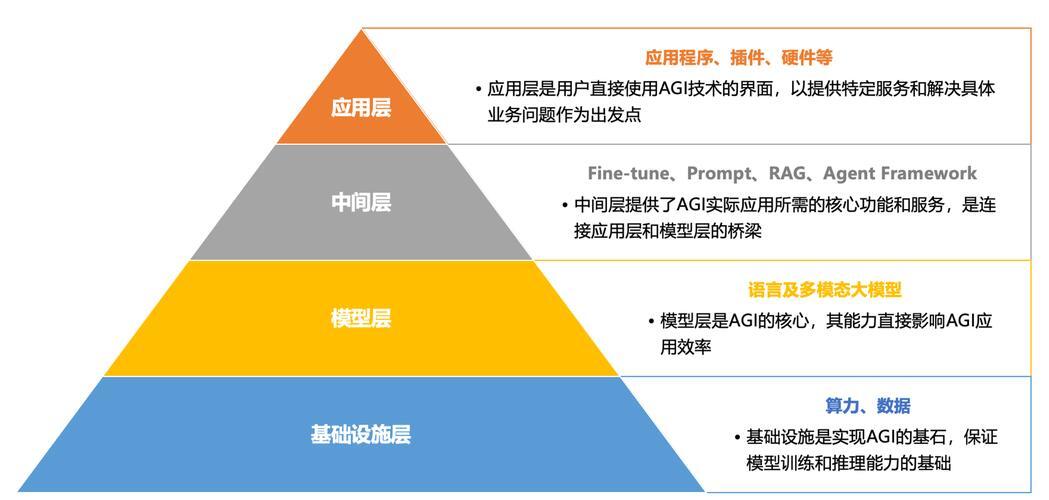React JSX语法介绍(JS XML)(一种JS语法扩展,允许在JS代码中编写类似HTML的标记语言)Babel编译
在线调试网站:https://zh-hans.react.dev/learn
文章目录
- JSX:现代前端开发的声明式语法
- 概述
- JSX的本质与工作原理
- 什么是JSX
- JSX转换流程
- JSX语法特性
- 表达式嵌入(JSX允许在大括号内嵌入任何有效的JavaScript表达式)
- 属性传递(JSX中的属性传递遵循特定的规则)
- 条件渲染(JSX支持多种条件渲染模式)
- 列表渲染(使用map方法渲染数组数据)
- JSX与传统HTML的区别
- 属性命名差异
- 事件处理差异
- JSX的优势
- 声明式编程
- 组件化开发
- JSX编译过程
- Babel转换示例
- 编译配置
- 最佳实践
- 组件结构规范
- 性能优化技巧
- 常见问题与解决方案
- Key属性的重要性
- 事件处理中的this绑定
- 总结
JSX:现代前端开发的声明式语法
概述
JSX(JavaScript XML)是Facebook开发的一种JavaScript语法扩展,它允许在JavaScript代码中编写类似HTML的标记语言。作为React生态系统的核心组成部分,JSX为开发者提供了一种更直观、更声明式的方式来描述用户界面。
JSX的本质与工作原理
什么是JSX
JSX本质上是一种语法糖,它将类HTML的语法转换为JavaScript函数调用。当编写JSX代码时,实际上是在创建React元素的描述,这些描述最终会被转换为虚拟DOM。
// JSX语法(我们写React时需要编写的代码,这种代码浏览器无法识别,需要通过Babel编译) const element =
Hello, World!
; // 转换后的JavaScript(经过Babel编译) const element = React.createElement( 'h1', // 元素类型 https://blog.csdn.net/Dontla/article/details/{ className: 'greeting' }, // 属性对象 'Hello, World!' // 子元素内容 );JSX转换流程
JSX语法特性
表达式嵌入(JSX允许在大括号内嵌入任何有效的JavaScript表达式)
// 变量嵌入 const name = "React开发者"; const greeting =
欢迎, https://blog.csdn.net/Dontla/article/details/{name}!
; // 函数调用 function formatName(user) https://blog.csdn.net/Dontla/article/details/{ return user.firstName + ' ' + user.lastName; // 拼接用户姓名 } const user = https://blog.csdn.net/Dontla/article/details/{ firstName: '张', // 用户姓 lastName: '三' // 用户名 }; const element = (Hello, https://blog.csdn.net/Dontla/article/details/{formatName(user)}! https://blog.csdn.net/Dontla/article/details/{/* 调用函数并显示结果 */}
); // 主应用组件 export default function MyApp() https://blog.csdn.net/Dontla/article/details/{ return (); }欢迎来到我的应用
https://blog.csdn.net/Dontla/article/details/{/* 使用 element 变量 */} https://blog.csdn.net/Dontla/article/details/{element}属性传递(JSX中的属性传递遵循特定的规则)
参考文章:React JSX属性传递规则(事件处理函数名必须用驼峰式;内联样式必须是JavaScript对象,键名用驼峰命名;className、htmlFor;自定义属性要以data-开头、动态属性绑定)
// 字符串属性 const element1 =
内容; // 表达式属性 const isActive = true; // 定义状态变量 const className = isActive ? 'active' : 'inactive'; // 根据状态确定样式类名 const element2 = ( className} // 动态className onClick=https://blog.csdn.net/Dontla/article/details/{() = console.log('点击')} // 事件处理函数 disabled=https://blog.csdn.net/Dontla/article/details/{!isActive} // 动态禁用状态 > 按钮文字 ); // 主应用组件 export default function MyApp() https://blog.csdn.net/Dontla/article/details/{ return (); }欢迎来到我的应用
https://blog.csdn.net/Dontla/article/details/{/* 使用 element1 变量 */} https://blog.csdn.net/Dontla/article/details/{element1} https://blog.csdn.net/Dontla/article/details/{/* 使用 element2 变量 */} https://blog.csdn.net/Dontla/article/details/{element2}条件渲染(JSX支持多种条件渲染模式)
// 用户问候组件 function UserGreeting(https://blog.csdn.net/Dontla/article/details/{ isLoggedIn, user, logout }) https://blog.csdn.net/Dontla/article/details/{ // 使用三元运算符进行条件渲染 return (https://blog.csdn.net/Dontla/article/details/{isLoggedIn ? ( // 如果已登录); } // 主应用组件 export default function MyApp() https://blog.csdn.net/Dontla/article/details/{ const isActive = true; // 登录状态 const user = https://blog.csdn.net/Dontla/article/details/{ name: "用户" }; // 用户信息 const logout = () => console.log("退出登录"); // 退出登录函数 return (欢迎回来, https://blog.csdn.net/Dontla/article/details/{user.name}!
// 显示欢迎信息 ) : ( // 如果未登录请先登录
// 显示登录提示 )} https://blog.csdn.net/Dontla/article/details/{/* 使用逻辑AND运算符 */} https://blog.csdn.net/Dontla/article/details/{isLoggedIn && ( // 只有登录时才显示 logout}退出 )}https://blog.csdn.net/Dontla/article/details/{/* 使用 UserGreeting 组件 */} isActive} // 传递登录状态 user=https://blog.csdn.net/Dontla/article/details/{user} // 传递用户信息 logout=https://blog.csdn.net/Dontla/article/details/{logout} // 传递退出函数 /); }列表渲染(使用map方法渲染数组数据)
import React from 'react'; // TodoList 组件 function TodoList(https://blog.csdn.net/Dontla/article/details/{ todos, toggleTodo }) https://blog.csdn.net/Dontla/article/details/{ return (-
https://blog.csdn.net/Dontla/article/details/{todos.map((todo) => ( // 遍历待办事项数组
todo.id} // 为每个元素提供唯一key
className=https://blog.csdn.net/Dontla/article/details/{todo.completed ? 'completed' : ''} // 根据完成状态设置样式
https://blog.csdn.net/Dontla/article/details/{todo.text} https://blog.csdn.net/Dontla/article/details/{/* 显示任务内容 */}
() = toggleTodo(todo.id)} // 切换完成状态的处理函数
>
https://blog.csdn.net/Dontla/article/details/{todo.completed ? '撤销' : '完成'} https://blog.csdn.net/Dontla/article/details/{/* 根据状态显示按钮文字 */}
))}
); }待办事项
https://blog.csdn.net/Dontla/article/details/{/* 使用 TodoList 组件并传递必要 props */} todos} // 传递待办事项数组 toggleTodo=https://blog.csdn.net/Dontla/article/details/{toggleTodo} // 传递状态切换函数 /JSX与传统HTML的区别
属性命名差异
HTML属性 JSX属性 说明 class className 避免与JavaScript关键字冲突 for htmlFor 避免与for循环关键字冲突 tabindex tabIndex 采用驼峰命名法 事件处理差异
// HTML方式 // 点击 // JSX方式 function MyComponent() https://blog.csdn.net/Dontla/article/details/{ const handleClick = () => https://blog.csdn.net/Dontla/article/details/{ // 定义事件处理函数 console.log('按钮被点击了'); // 输出点击日志 }; return ( handleClick} https://blog.csdn.net/Dontla/article/details/{/* 使用驼峰命名的事件属性 */} 点击 ); }JSX的优势
声明式编程
JSX采用声明式编程范式,开发者只需要描述界面应该是什么样子,而不需要关心如何操作DOM:
// 声明式:描述最终状态 function Counter() https://blog.csdn.net/Dontla/article/details/{ const [count, setCount] = useState(0); // 状态管理Hook return (); }当前计数: https://blog.csdn.net/Dontla/article/details/{count}
https://blog.csdn.net/Dontla/article/details/{/* 显示当前计数值 */} () = setCount(count + 1)} // 点击时增加计数 > 增加组件化开发
JSX天然支持组件化开发模式:
// 可复用的按钮组件 function Button(https://blog.csdn.net/Dontla/article/details/{ children, variant = 'primary', onClick }) https://blog.csdn.net/Dontla/article/details/{ // 根据variant构建样式类名 // `btn` 是基础样式类名(定义按钮基本样式) // `btn-${variant}` 是动态样式类名(根据传入的variant参数变化) // 比如当 variant="primary" 时,最终类名是 "btn btn-primary" const className = `btn btn-$https://blog.csdn.net/Dontla/article/details/{variant}`; return ( className} // 应用样式类 onClick=https://blog.csdn.net/Dontla/article/details/{onClick} // 绑定点击事件 https://blog.csdn.net/Dontla/article/details/{children} https://blog.csdn.net/Dontla/article/details/{/* 渲染子元素 */} ); } // 使用组件 function App() https://blog.csdn.net/Dontla/article/details/{ return (https://blog.csdn.net/Dontla/article/details/{/* 主要按钮示例 */} () = alert('主要按钮')}> 主要按钮 https://blog.csdn.net/Dontla/article/details/{/* 作为children传递 */} https://blog.csdn.net/Dontla/article/details/{/* 次要按钮示例 */} () = alert('次要按钮')}> 次要按钮); }JSX编译过程
Babel转换示例
// 原始JSX代码 const element = (
); // Babel编译后的代码 const element = React.createElement( "div", // 元素类型 https://blog.csdn.net/Dontla/article/details/{ className: "container" }, // 属性对象 React.createElement("h1", null, "标题"), // 第一个子元素 React.createElement("p", null, "段落内容") // 第二个子元素 );标题
段落内容
编译配置
现代构建工具中的JSX配置:
// Babel配置 (.babelrc) https://blog.csdn.net/Dontla/article/details/{ "presets": [ "@babel/preset-react" // React预设,包含JSX转换 ], "plugins": [ "@babel/plugin-transform-react-jsx" // JSX转换插件 ] }最佳实践
组件结构规范
// 推荐的组件结构 function UserCard(https://blog.csdn.net/Dontla/article/details/{ user, onEdit, onDelete }) https://blog.csdn.net/Dontla/article/details/{ // 1. 状态和副作用Hook const [isEditing, setIsEditing] = useState(false); // 2. 事件处理函数 const handleEditClick = () => https://blog.csdn.net/Dontla/article/details/{ // 编辑按钮点击处理 setIsEditing(true); // 进入编辑模式 onEdit(user.id); // 调用父组件传入的编辑回调 }; const handleDeleteClick = () => https://blog.csdn.net/Dontla/article/details/{ // 删除按钮点击处理 if (window.confirm('确定要删除吗?')) https://blog.csdn.net/Dontla/article/details/{ // 确认删除操作 onDelete(user.id); // 调用删除回调 } }; // 3. 渲染逻辑 return (user.avatar} alt=https://blog.csdn.net/Dontla/article/details/{user.name} / https://blog.csdn.net/Dontla/article/details/{/* 用户头像 */}); }https://blog.csdn.net/Dontla/article/details/{user.name}
https://blog.csdn.net/Dontla/article/details/{/* 用户姓名 */}https://blog.csdn.net/Dontla/article/details/{user.email}
https://blog.csdn.net/Dontla/article/details/{/* 用户邮箱 */}handleEditClick}编辑 handleDeleteClick}删除性能优化技巧
// 使用React.memo进行组件优化 const MemoizedUserCard = React.memo(UserCard, (prevProps, nextProps) => https://blog.csdn.net/Dontla/article/details/{ // 自定义比较函数,只有user对象变化时才重新渲染 return prevProps.user.id === nextProps.user.id && prevProps.user.name === nextProps.user.name; }); // 使用useCallback优化事件处理函数 function UserList(https://blog.csdn.net/Dontla/article/details/{ users, onUserUpdate }) https://blog.csdn.net/Dontla/article/details/{ const handleUserEdit = useCallback((userId) => https://blog.csdn.net/Dontla/article/details/{ // 编辑逻辑,使用useCallback避免子组件不必要的重渲染 onUserUpdate(userId); }, [onUserUpdate]); // 依赖数组 return (https://blog.csdn.net/Dontla/article/details/{users.map(user => ( user.id} // 稳定的key值 user=https://blog.csdn.net/Dontla/article/details/{user} onEdit=https://blog.csdn.net/Dontla/article/details/{handleUserEdit} // 优化后的回调函数 / ))}); }常见问题与解决方案
Key属性的重要性
// 错误示例:缺少key或使用不稳定的key function BadList(https://blog.csdn.net/Dontla/article/details/{ items }) https://blog.csdn.net/Dontla/article/details/{ return (-
https://blog.csdn.net/Dontla/article/details/{items.map((item, index) => (
index} https://blog.csdn.net/Dontla/article/details/{/* 使用index作为key是不推荐的 */}
https://blog.csdn.net/Dontla/article/details/{item.name}
))}
-
https://blog.csdn.net/Dontla/article/details/{items.map((item) => (
item.id} https://blog.csdn.net/Dontla/article/details/{/* 使用唯一ID作为key */}
https://blog.csdn.net/Dontla/article/details/{item.name}
))}
事件处理中的this绑定
// 类组件中的事件绑定 class MyComponent extends React.Component https://blog.csdn.net/Dontla/article/details/{ constructor(props) https://blog.csdn.net/Dontla/article/details/{ super(props); this.state = https://blog.csdn.net/Dontla/article/details/{ count: 0 }; // 方法1:在构造函数中绑定 this.handleClick = this.handleClick.bind(this); } // 方法2:使用箭头函数 handleClick = () => https://blog.csdn.net/Dontla/article/details/{ this.setState(https://blog.csdn.net/Dontla/article/details/{ count: this.state.count + 1 }); }; render() https://blog.csdn.net/Dontla/article/details/{ return ( this.handleClick} https://blog.csdn.net/Dontla/article/details/{/* 正确绑定的事件处理器 */} 计数: https://blog.csdn.net/Dontla/article/details/{this.state.count} ); } }总结
JSX作为React生态系统的核心语法扩展,通过其声明式的特性和强大的表达能力,大大简化了前端开发的复杂度。它不仅提供了直观的组件编写方式,还通过编译时优化确保了运行时的高效性能。
理解JSX的工作原理和最佳实践,对于掌握现代React开发至关重要。随着前端生态的不断发展,JSX的应用场景也在不断扩展,从传统的Web应用到React Native移动开发,JSX都展现出了其强大的适应性和实用性。
通过合理运用JSX的各种特性,开发者能够构建出更加优雅、可维护的用户界面,这正是JSX在现代前端开发中不可替代的价值所在。













